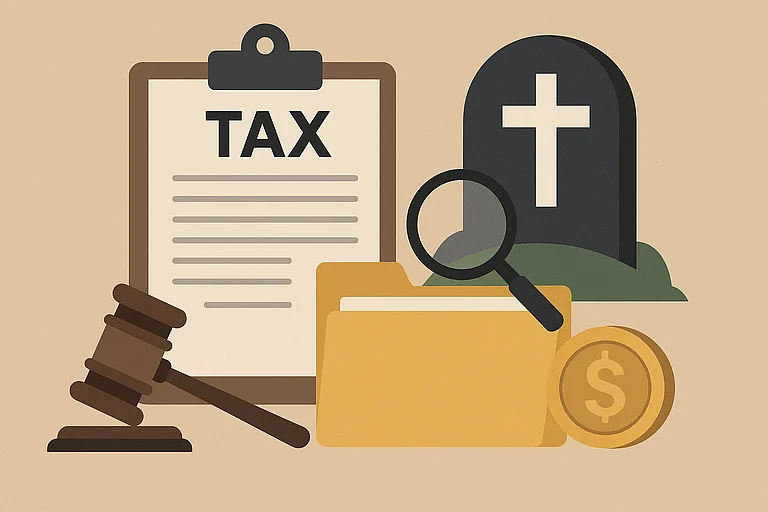In an increasingly data-backed and compliance-driven tax system, claiming a deduction without backing it up with proper paperwork is no longer a harmless oversight, it is a risk that taxpayers should be aware of. The Income Tax Department has raised a red flag on a rising number of suspicious and, in many cases, fraudulent claims under commonly used sections like 10(13A) for HRA, 80G for charitable donations, 80D for health insurance, and several others.
The Income Tax Return (ITR) filing season for assessment year 2025-26 is in full swing. Amidst all the hurry and documentation to claim refunds, taxpayers need to double-check their deductions to ensure their claims are not just eligible but also well-documented. Some key sections under scrutiny are 10(13A), 80GGC, 80E, 80D, 80EE, 80EEB, 80G, 80GGA, and 80DDB. Some of these sections are linked to deductions that often come up in individual returns, mostly for salaried and middle-class taxpayers.
Says Preeti Sharma, Partner, Tax and Regulatory Services, BDO India, “While claiming deductions or exemptions in the tax return, individual taxpayers should keep in mind that each such deduction is subject to satisfaction of eligibility conditions. Even if you believe that such eligibility conditions are satisfied, the tax authorities may not allow it, if the same cannot be substantiated with proper documentary evidence.”
For instance, claiming HRA under Section 10(13A) now requires more than just stating that you live on rent, you will need rent receipts, the lease agreement, and your landlord’s PAN if the annual rent crosses Rs 1 lakh.
Donations under Sections 80G or 80GGA must be supported with receipts clearly showing the donee’s PAN, registration number, and the mode of payment (cash donations above Rs 2,000 don’t qualify). It’s not just about receipts anymore, donations should also reflect in Form 10BE issued by the institution.
Other deductions like for education loans (80E), home loan interest (80EE), or loans for EVs (80EEB) now require taxpayers to show sanctioned loan documents, interest certificates from the bank, and clear evidence that the loan and asset meet the specified criteria.
For health insurance (80D), claimants have to show insurance policies, premium receipts, and ensure payment is through banking channels, with a narrow exception for preventive checkups capped at Rs 5,000 in cash.
Sharma also flags a frequent mistake taxpayers make i.e., double-dipping. “It is important to avoid duplication, for example, claiming both home loan interest deduction and HRA without justification can flag the return for scrutiny,” she warns.
Intentional or Not, Wrong Claims Have Consequences
Abhishek Mundada, Partner, Dhruva Advisors LLP, notes that incorrect claims even if made by mistake, can result in penalties. “If the taxpayer can’t prove the claim was made in good faith, there’s a 50 per cent penalty on the tax involved,” he explains. “If it’s found to be wilfully incorrect, the penalty shoots up to 200 per cent, and prosecution is possible if the tax evaded exceeds Rs 25,000.”
Both experts stress the need to verify all donee institutions and political parties before donating.
“For deductions under sections 80G and 80GGC, taxpayers can verify the authenticity of donee institutions by checking their PAN and registration numbers, and confirming their eligibility under section 80G on the Income Tax portal,” Mundada notes.
Similarly, he further adds, “The genuineness of political parties can be verified using the list of registered political parties on the website of Election Commission of India. Taxpayers should insist these institutions share appropriate information for verifying the validity/ authenticity of the tax status of these entities.”
It’s not just about staying within the legal lines anymore, the system is getting smarter. From AIS and Form 26AS integration to automated matching with third-party data (like donation reports in Form 10BD or rent records in AIS), the tax authorities are cross-verifying returns with a growing web of linked data points.
The message from tax officials is clear: Be accurate, stay honest, and keep every document that supports your claim. Because in today’s tax environment, the lack of a paper trail seems more than just a gap, it is counted as a red flag.














